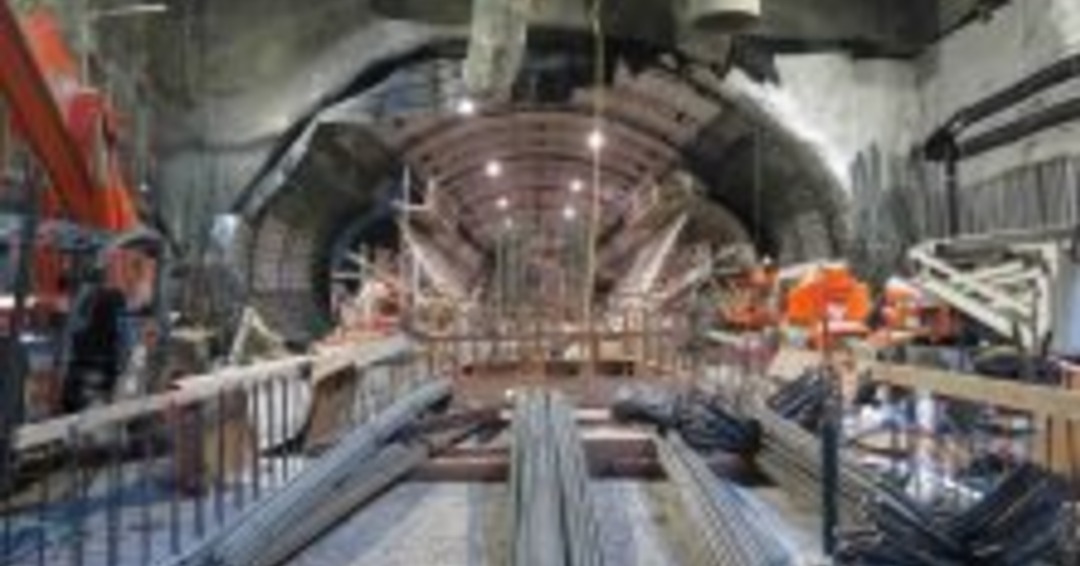In the Future, Metro’s Plans Will Continue To Connect Los Angeles By Train
The ambitious plan for the original L Line in the 1990s has evolved over the years, and the city is now witnessing the realization of a comprehensive transit network. Thanks to the support of Los Angeles County voters and funding from various sources, the city’s transportation authority, Metro, is making significant progress on several transformative projects. One of the most notable accomplishments is the Regional Connector, which promises to enhance connectivity and convenience for regional commuters.
Originally conceived as an extension of the A Line, the L Line’s initial plan was to start at 7th/Metro and seamlessly continue. However, the project took a different direction due to financial constraints, resulting in the first segment being built from Union Station to Pasadena. The dream of a seamless connection resurfaced when the Metro Board of Directors included funding for the Connector in the Measure R sales tax ballot measure, which received approval from L.A. County voters in 2008. The project’s funding sources also include federal grants, loans, and bonds from the state’s high-speed rail initiative, as the Connector will provide a crucial link to the bullet train at Union Station.
An interesting tidbit about the Connector is that it was initially planned as a street-level rail line. However, responding to public demand for faster trains, the project was moved underground. In October 2014, the groundbreaking ceremony marked the official start of construction. Although shorter in length compared to other recent rail lines, the Connector posed unique challenges, requiring the construction of an entirely new subway beneath downtown Los Angeles. The project involved intricate work, such as relocating utilities and reinforcing existing infrastructure, including buildings.
Completing the Connector is a monumental achievement for the entire L.A. County community, as the unwavering support of the voters propelled the project forward. But Metro’s ambitions continue, as additional funding from Measure R and the next Measure M, a sales tax approved by county voters in 2016, paves the way for even more projects.
Among the projects currently in progress, the LAX/Metro Transit Center is an exciting development adjacent to Los Angeles International Airport (LAX). This state-of-the-art rail and bus station will serve as a transfer point between Metro Rail and the LAX people mover, connecting airport terminals. Construction is well underway, and the station is expected to open its doors in late 2024.
Another eagerly anticipated project is the extension of the A Line from Azusa to Pomona. Scheduled for completion in 2025, this extension significantly benefits commuters by allowing seamless transfers between the A Line and Metrolink’s San Bernardino Line, serving the Inland Empire. The project will provide a convenient alternative for Inland Empire residents to access the Foothill Cities via Metro Rail, avoiding the notoriously congested 10 and 210 freeways.
The Purple (D Line) Extension is another project transforming the city’s transit landscape. Spanning nine miles between Wilshire/Western Station and Westwood, the extension will serve vital areas such as Koreatown, the Miracle Mile, Beverly Hills, Century City, and Westwood. Once completed, this extension will significantly enhance transit service, offering faster travel times between the Westside and the rest of the Metro Rail system.
Additionally, the pre-construction phase is underway for the first segment of the new light rail line on Van Nuys Boulevard, known as the East San Fernando Valley Light Rail Transit Project. This project aims to connect the G Line in Van Nuys with Pacoima. Furthermore, the Sepulveda Transit Corridor’s planning phase is in progress, establishing a crucial link between the San Fernando Valley and the Westside.
The Metro Authority is actively working on numerous other projects, including implementing new bus lanes, recognizing the indispensable role buses play in the city’s transportation system. With the ongoing Regional Connector project and these exciting developments, Los Angeles is well on its way to establishing a modern and comprehensive transit network. These endeavors aim to provide residents and visitors alike with an attractive alternative to driving, reducing congestion and creating a sustainable transportation future for the region.













